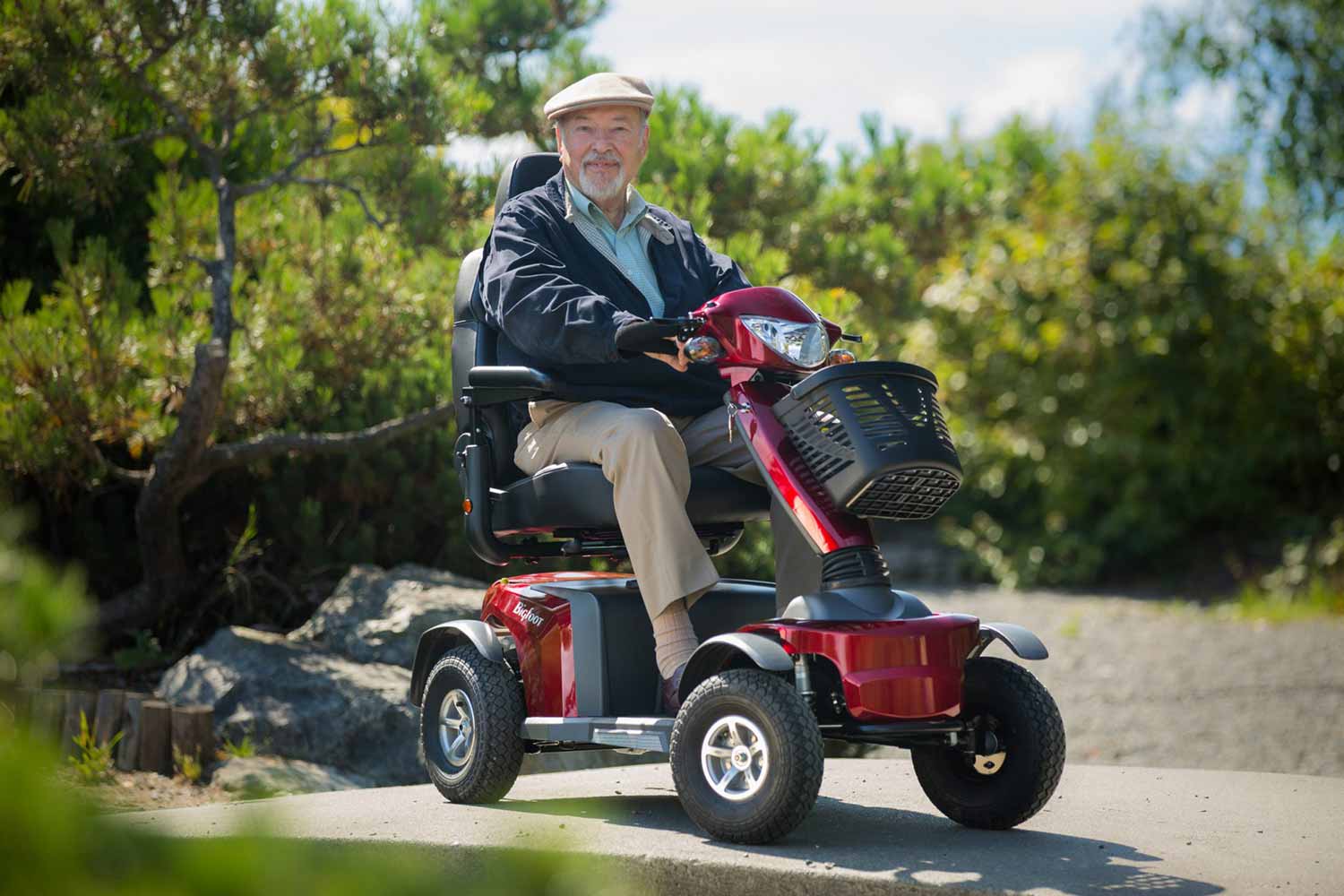Calgary is a city built on the promise of openness. Open skies. Open spaces. Open…

Choosing the Right Wheelchair
Choosing the Right Wheelchair: A Comprehensive Guide
Selecting the right wheelchair is crucial for individuals with mobility challenges as it directly impacts comfort, mobility, and overall quality of life. With a wide range of wheelchairs available, choosing the most suitable one can be overwhelming. This comprehensive guide aims to provide essential information and guidance to help you make an informed decision when choosing a wheelchair.
1. Determine Mobility Needs
The first step in choosing a wheelchair is to assess the specific mobility needs of the user. Consider the following factors:
- Mobility level: Determine if the user requires a manual wheelchair (self-propelled) or a power wheelchair (electrically powered).
- Usage environment: Consider where the wheelchair will primarily be used, such as indoors, outdoors, or both.
- Terrain: Evaluate the terrain the wheelchair will navigate, such as smooth surfaces, rough terrain, or inclines.
- Activities: Identify the activities the user will engage in while using the wheelchair, such as daily tasks, recreation, or work-related activities.
2. Types of Wheelchairs
There are several types of wheelchairs available, each designed to meet specific needs:
- Manual Wheelchairs: Ideal for users with sufficient upper body strength to self-propel the wheelchair. They are lightweight, portable, and come in various configurations, including standard, lightweight, and ultra-lightweight models.
- Power Wheelchairs: Suitable for users who require assistance with mobility or have limited upper body strength. Power wheelchairs offer electric propulsion, allowing users to navigate effortlessly with the push of a joystick or control panel.
- Transport Wheelchairs: Designed for temporary or occasional use, transport wheelchairs are lightweight and compact, making them easy to transport and store. They are often used for travel or short outings.
- Pediatric Wheelchairs: Specifically designed for children, pediatric wheelchairs are adjustable, lightweight, and feature child-friendly designs to provide comfort and support for young users.
- Bariatric Wheelchairs: Designed for individuals with higher weight capacities, bariatric wheelchairs feature reinforced frames, wider seats, and enhanced stability to accommodate larger users.
3. Considerations for Manual Wheelchairs
If opting for a manual wheelchair, consider the following features:
- Frame material: Choose between aluminum, steel, or titanium frames based on durability, weight, and budget considerations.
- Seat width and depth: Ensure the wheelchair seat is appropriately sized for the user’s body dimensions to provide comfort and support.
- Seat height and backrest angle: Adjustability of seat height and backrest angle can enhance user comfort and posture.
- Wheel configuration: Select between standard, hemi-height, or adjustable axle positions based on user preferences and functional needs.
- Wheel options: Choose between spoke wheels, mag wheels, or lightweight wheels with various tire options for optimal performance and maneuverability.
4. Considerations for Power Wheelchairs
When choosing a power wheelchair, consider the following factors:
- Drive system: Decide between front-wheel drive, mid-wheel drive, or rear-wheel drive systems based on stability, maneuverability, and terrain requirements.
- Battery range and charging: Consider the battery range per charge and charging options to ensure sufficient power for daily use.
- Seating options: Select a power wheelchair with customizable seating options, including adjustable seat height, recline, and tilt-in-space features for comfort and positioning.
- Control options: Choose between joystick controls, chin controls, or sip-and-puff controls based on user capabilities and preferences.
- Accessories: Explore accessory options such as elevating leg rests, headrests, and trays to enhance user convenience and functionality.
5. Test and Trial
Before making a final decision, it’s essential to test and trial the wheelchair to ensure proper fit, comfort, and functionality. Work with a healthcare professional or wheelchair specialist to conduct a thorough assessment, trial different models, and make adjustments as needed to meet the user’s specific needs and preferences.
6. Maintenance and Support
Once the wheelchair is selected, ensure proper maintenance and ongoing support to keep it in optimal condition. Follow manufacturer guidelines for regular maintenance, servicing, and repairs. Seek assistance from a qualified technician or wheelchair provider for any issues or adjustments required.
Conclusion
Choosing the right wheelchair requires careful consideration of mobility needs, user preferences, functional requirements, and budget considerations. By assessing these factors, exploring different types and features, testing and trialing the wheelchair, and ensuring proper maintenance and support, you can select a wheelchair that provides comfort, mobility, and independence for the user.



